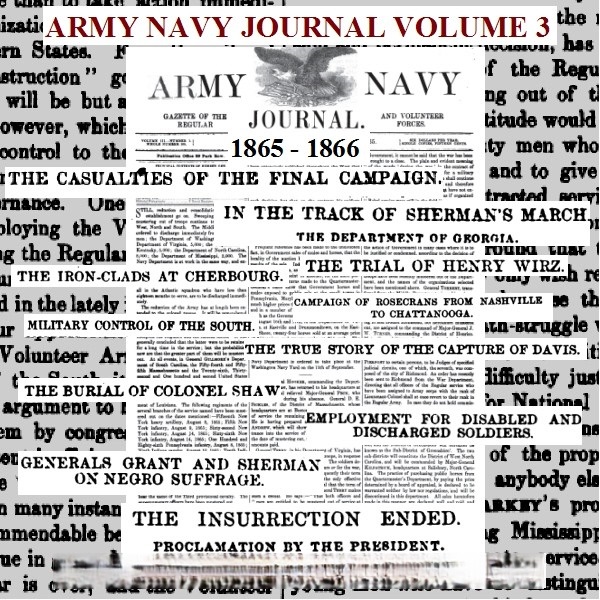

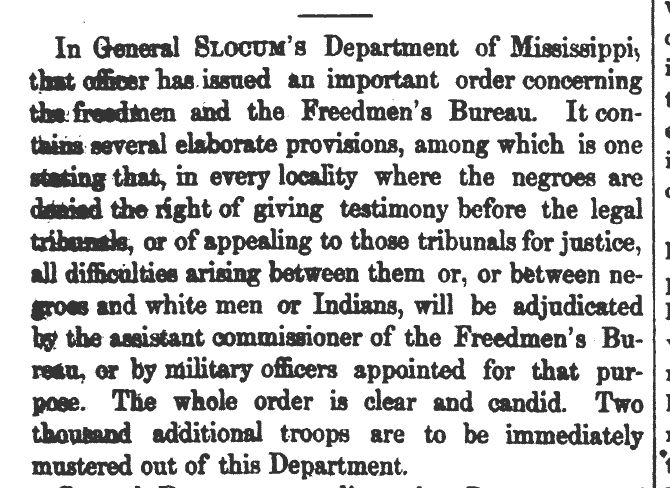
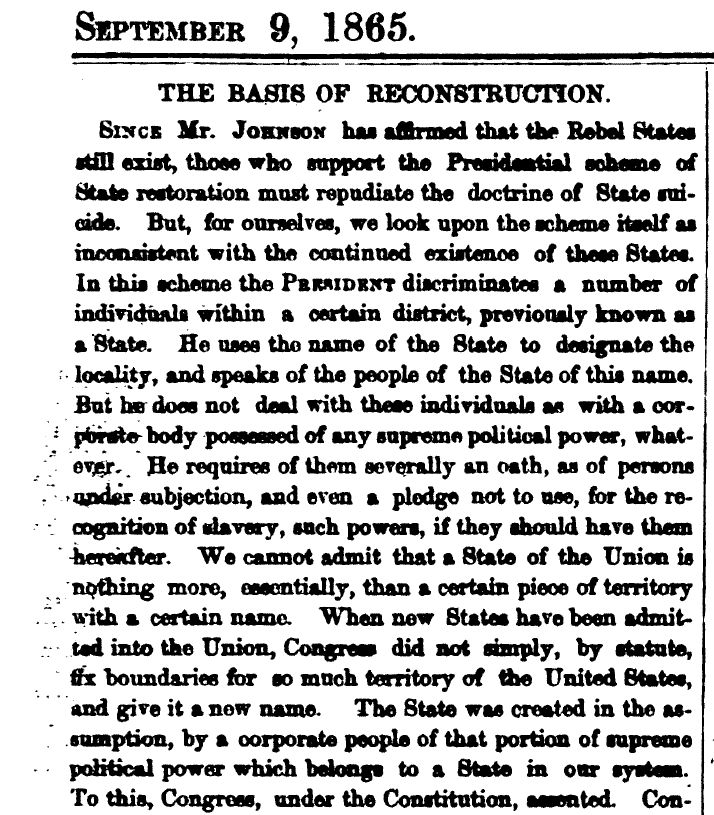
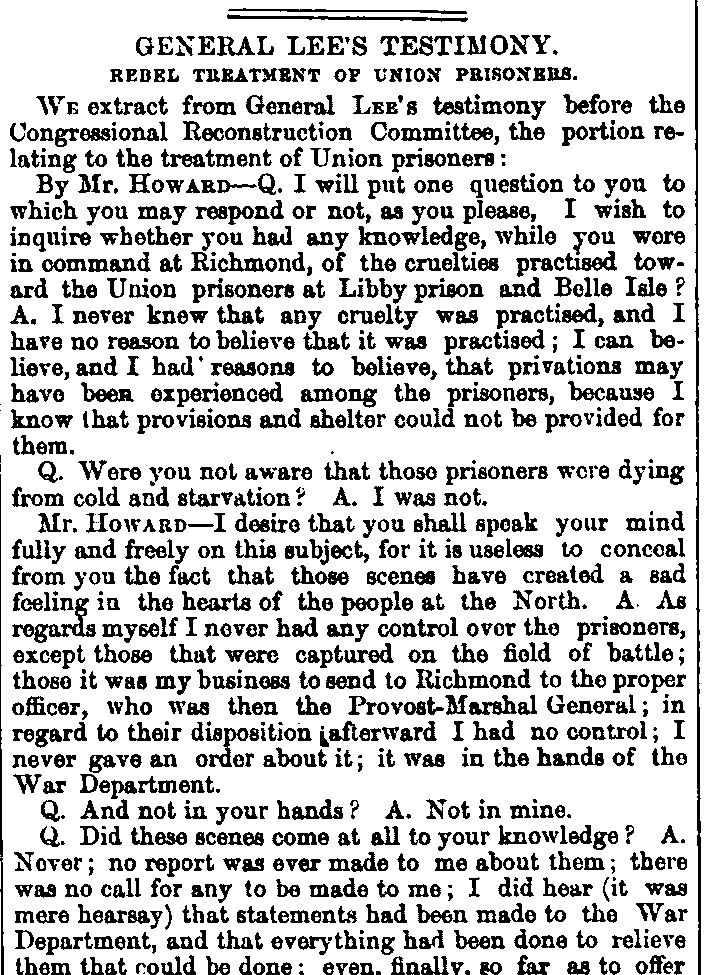
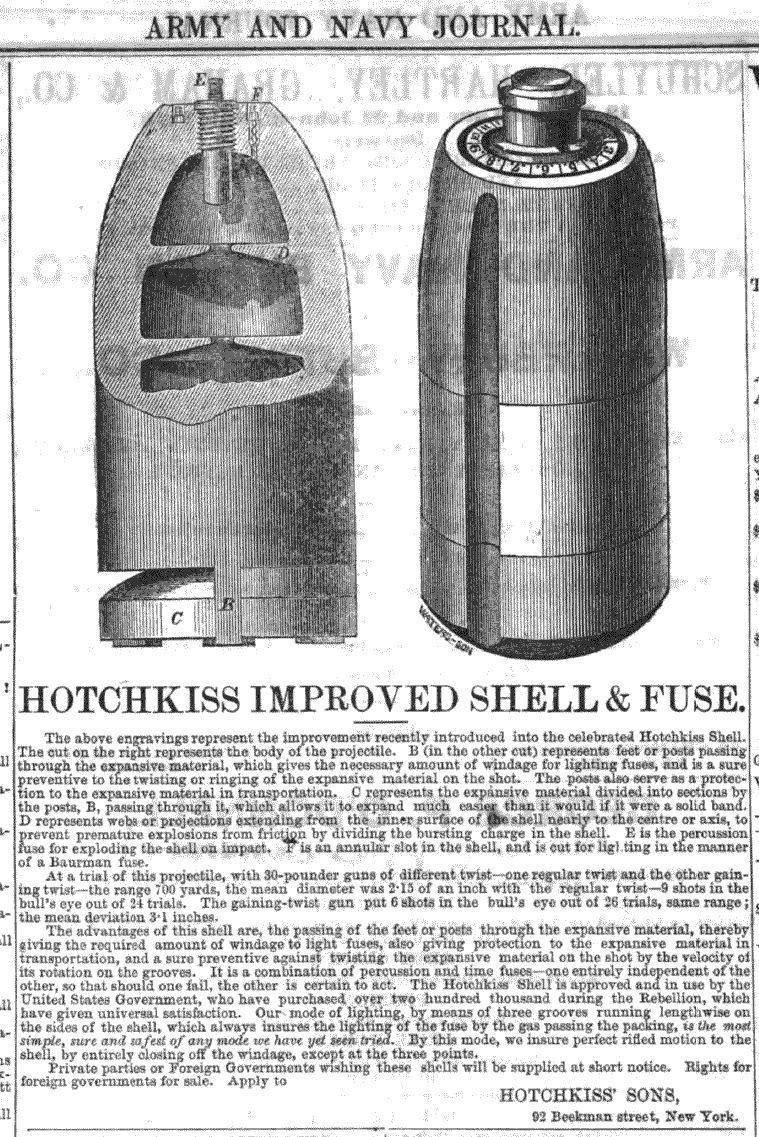
Description
The Shenandoah, Wirz, and the Army Navy Journal: 1865-1866
Timeline of Main Events (August 1865 – August 1866)
- August 1863: The civilian steamer Sea King is launched in Glasgow, Scotland.
- October 19, 1864: The Sea King is secretly purchased by the Confederate Navy, refitted as a warship, and commissioned as the CSS Shenandoah.
- August 23, 1865: The trial of Captain Henry Wirz begins.
- August 2, 1865: Captain of CSS Shenandoah learns of the end of the war from a British ship.
- August, 1865: The CSS Shenandoah having captured 38 Union merchant vessels, surrenders in Liverpool, England to British authorities.
- August 26, 1865: Army Navy Journal & Gazette Volume 3, Issue #1 published.
- October 24, 1865: The trial of Captain Henry Wirz ends.
- November 10, 1865: Captain Henry Wirz is hanged at the Old Capitol Prison in Washington D.C.
- Late 1865/Early 1866: The Army Navy Journal begins to shift its focus from current Civil War events to viewing them as history. The journal covers the reduction of the Union Army, POW exchanges, cemetery construction, civil unrest, and pardons.
- April 1866: President Andrew Johnson declares the insurrection in all Confederate states is over.
- June 2, 1866: Army Navy Journal & Gazette Volume 3, Issue #41 published.
- June 30, 1866: Army Navy Journal & Gazette Volume 3, Issue #45 published.
- July 21, 1866: Army Navy Journal & Gazette Volume 3, Issue #48 published.
- Late July – August 1866: More incomplete issues of Army Navy Journal & Gazette Volume 3 are published.
Cast of Characters
- Henry Wirz: A Confederate Captain and superintendent of Camp Sumter, also known as Andersonville Prison, in Georgia. He was tried and executed for war crimes due to the high death toll of Union POWs under his charge.
- Andrew Johnson: President of the United States during the Reconstruction Era. He declared the insurrection of the Confederate States ended in April 1866.
- John Baldwin: Author of “Last Flag Down: The Epic Journey of the Last Confederate Warship”, his work recounts the journey and actions of the CSS Shenandoah.
- Unnamed Captain of the CSS Shenandoah: The captain of the Confederate warship CSS Shenandoah. Upon learning of the war’s end, he sailed the ship to England to surrender to British authorities. He was motivated by fear of his crew being hanged as pirates for actions taken after the cessation of hostilities.
- Unnamed Captain of British Ship: This individual informed the captain of the CSS Shenandoah that the Civil War had ended, leading to the Shenandoah’s eventual surrender to British authorities.
Key Themes and Topics Covered in the Army Navy Journal (Volume 3)
- Transition from War to Peace: The journal’s content reflects the shift from the active war to its aftermath.
- Reconstruction: The journal examines various aspects of Reconstruction, such as the Freedmen’s Bureau, the restoration of the Union, and the experiences of formerly enslaved people.
- Accountability: The journal covers the trial and execution of Henry Wirz, highlighting issues of wartime responsibility.
- Military Matters: The journal remains a source of military news and information, including court martials, appointments, and foreign military affairs, while moving towards coverage of the history of the Civil War.
- The End of the Confederacy: The journal provides coverage of events, such as the CSS Shenandoah’s surrender, that show the final events surrounding the Confederacy.
Let me know if you need any more information!
Civil War: Army Navy Journal & Gazette Volume 3
This is the third volume of the “United States Army and Navy Journal and Gazette,” encompassing 733 pages.
This volume comprises 42 separate publications, totaling 668 pages. These issues span from August 26, 1865, to July 21, 1866, with some gaps in the sequence. Additionally, 65 pages are included from incomplete issues dated between January 22, 1866, and August 18, 1866.
For background on the journal’s beginnings, refer to the first volume, “Civil War: Army Navy Journal & Gazette Volume 1 1863 – 1864.”
In the immediate aftermath of the Civil War, the journal addressed postwar concerns and revisited notable events of the conflict. Topics included the downsizing and reorganization of the Union Army, the final prisoner exchanges, the establishment of cemeteries and memorials, civil disturbances, and the granting of pardons.
Beyond Civil War-related content, the journal also reported on contemporary military affairs and global conflicts. It provided up-to-date military information, including court-martial proceedings, death notices, official communications from the War Department, appointments, lists of absent soldiers, international military news, opinion pieces, and advertisements. The journal also reprinted articles from various Southern newspapers, such as the Greensboro Journal, Richmond Dispatch, Richmond Enquirer, Richmond Sentinel, and Atlanta Constitutionist. These particular editions of the Army Navy Journal, Volume 3, demonstrate a shift in perspective, moving away from reporting on the Civil War as it unfolded and toward examining its events as part of the past. The articles within these journals feature titles that reflect this transition, such as inquiries into why Fort Sumter wasn’t reinforced, the factual account of Jefferson Davis’ capture, the number of casualties in the war’s final push, an exploration of Sherman’s march, General Hood’s reflections on his own military actions, the perspectives of Texas soldiers, an assessment of General Gillmore’s Morris Island campaign, an analysis of the Battle of Chancellorsville, profiles of Southern generals who remained loyal to the Union, the principles behind Reconstruction, the attempts to resupply Fort Sumter, the ironclad ships at Cherbourg, incentives for Black soldiers, and the funeral of Colonel Shaw.
During the period when these journals were published, the Army and Navy Journal also covered significant Civil War-related events, including the trial and execution of Captain Henry Wirz. Wirz, who oversaw the Confederate prison at Andersonville, Georgia, was held responsible for the deaths of 12,913 out of 49,485 Union prisoners of war due to starvation, diarrhea, and disease. His trial commenced in late August and concluded in late October of 1865, and he was executed by hanging in early November of the same year.
Another notable event was the establishment of the Bureau of Refugees, Freedmen, and Abandoned Lands, known as the Freedmen’s Bureau, which was created as a part of the Department of War.
Additionally, President Andrew Johnson announced in April 1866 that the rebellion in all Confederate states was officially over, marking the restoration of the Union.
Finally, the surrender of the CSS Shenandoah was also reported in the Army and Navy Journal. The civilian vessel Sea King was built in Glasgow, Scotland, and launched in August 1863. The Confederate Navy secretly acquired the ship, sailed it to Madeira, a Portuguese island, and converted it into a warship. On October 19, 1864, the Confederate Navy officially designated the ship as the CSS Shenandoah. John Baldwin, in his book “Last Flag Down: The Epic Journey of the Last Confederate Warship,” states that the Shenandoah destroyed or seized thirty-eight Union merchant ships during its year-long raiding campaign. The Shenandoah fired the final shot of the Civil War, targeting a whaling ship near the Aleutian Islands off the coast of Alaska. Even after the war’s official conclusion, the Shenandoah continued to capture or sink 24 whaling vessels between June 22 and June 28, 1865. The ship then began its journey towards San Francisco. On August 2, 1865, while still headed to San Francisco, the ship’s captain was informed by a British ship captain that the rumors of the war’s end were accurate. The captain, worried that his crew would be considered pirates and executed, navigated the Shenandoah 9,000 miles to Liverpool, England, to surrender to British officials.
Also included is an index of topics found in Volume 3, created by the publishers of the United States Army and Navy Journal and Gazette of the Regular and Volunteer Forces.
Related products
-
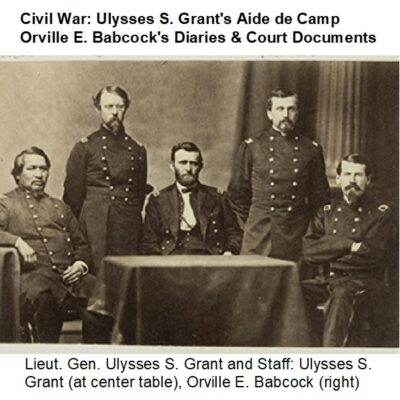
Civil War Ulysses S. Grant’s Aide de Camp Orville E. Babcock’s Diaries & Court Documents
$3.94 Add to Cart -
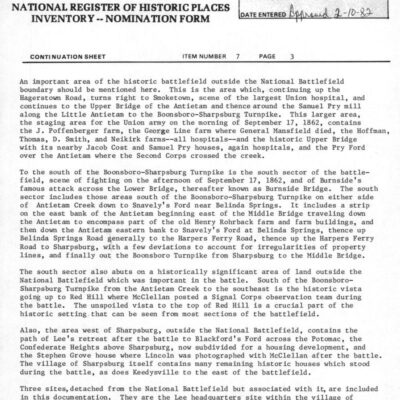

Civil War: Battle of Antietam (Sharpsburg) – National Park Service Archives
$9.99 Add to Cart -
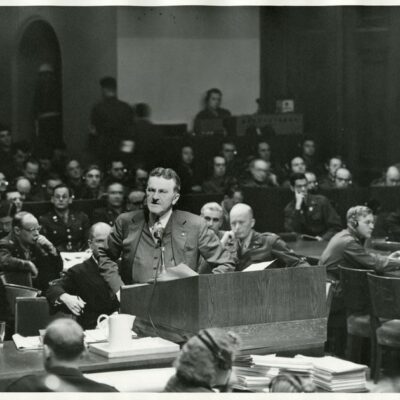
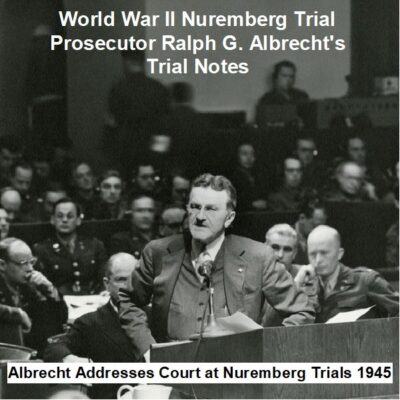
Trial Notes of Ralph G. Albrecht, Prosecutor at the Nuremberg Trials of World War II
$3.94 Add to Cart -
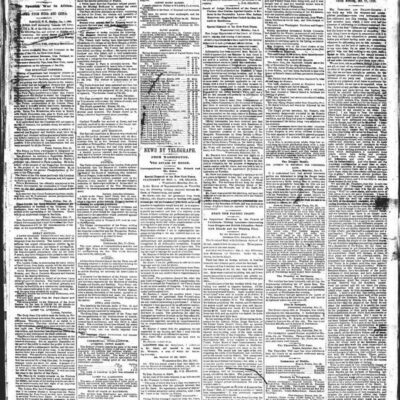
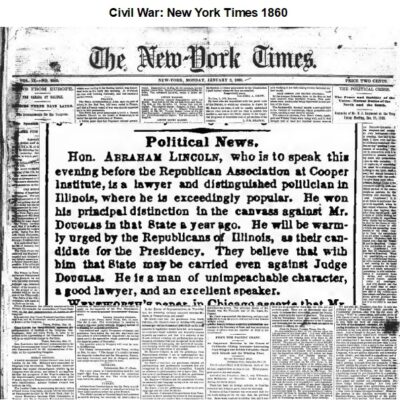
Civil War: New York Times 1860
$9.90 Add to Cart